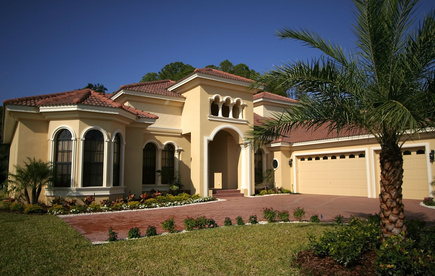December 17, 2015
Hiring Unlicensed Contractors Could Lead to Trouble
Hiring an unlicensed contractor may seem cost-effective but poses legal, financial, and quality risks, exposing you to potential fines, liability for damages or injuries, and shoddy workmanship. Although Florida law limits the legal rights of an unlicensed contractor, it is also illegal to knowingly hire an unlicensed contractor.
 Faulty Stucco Installation
Faulty Stucco Installation